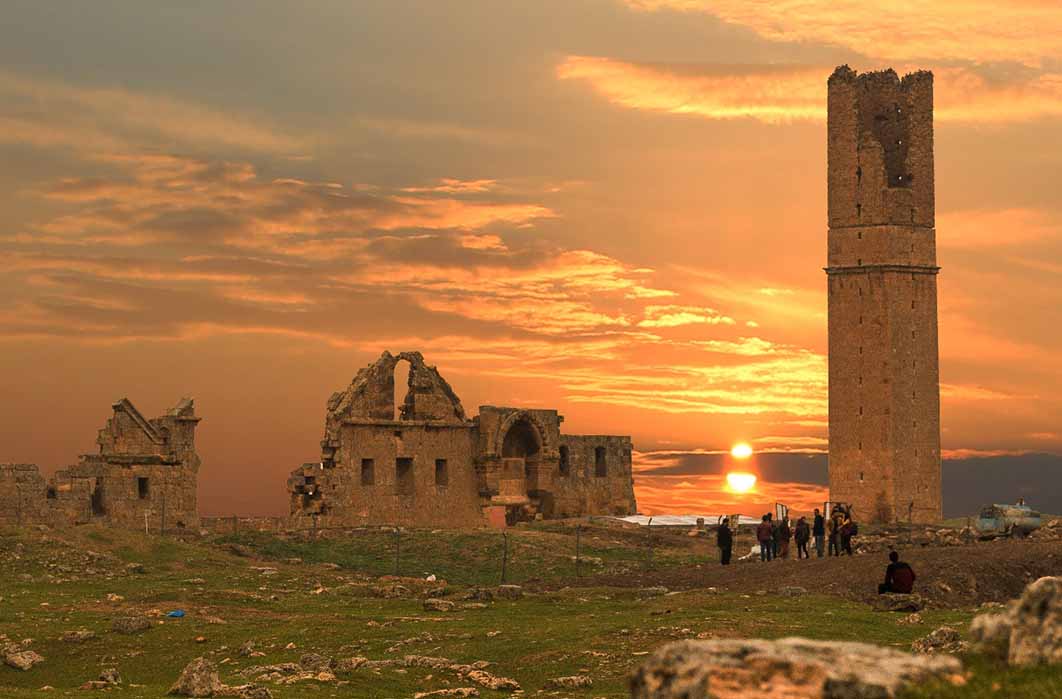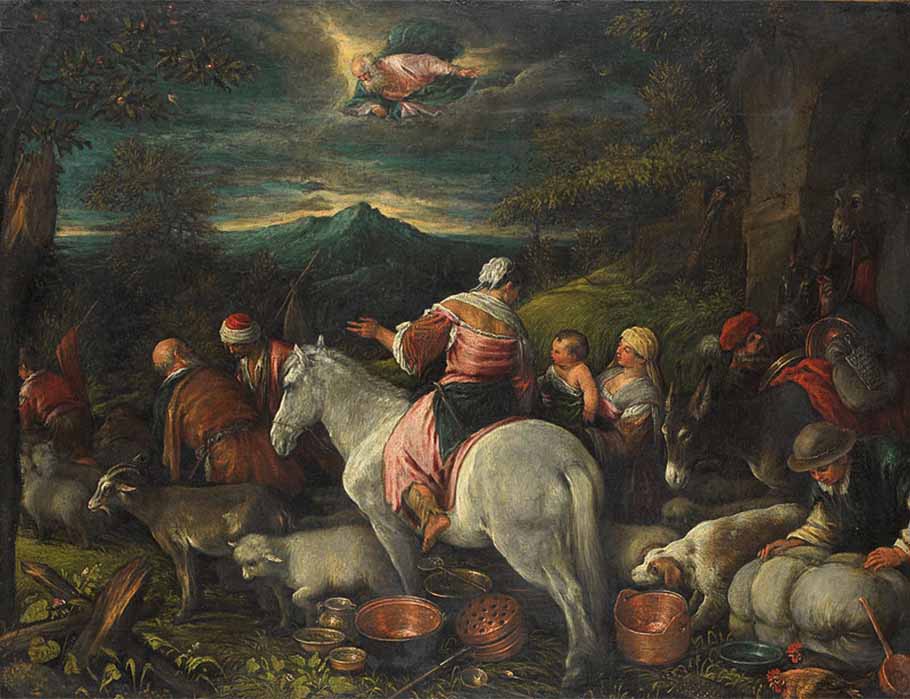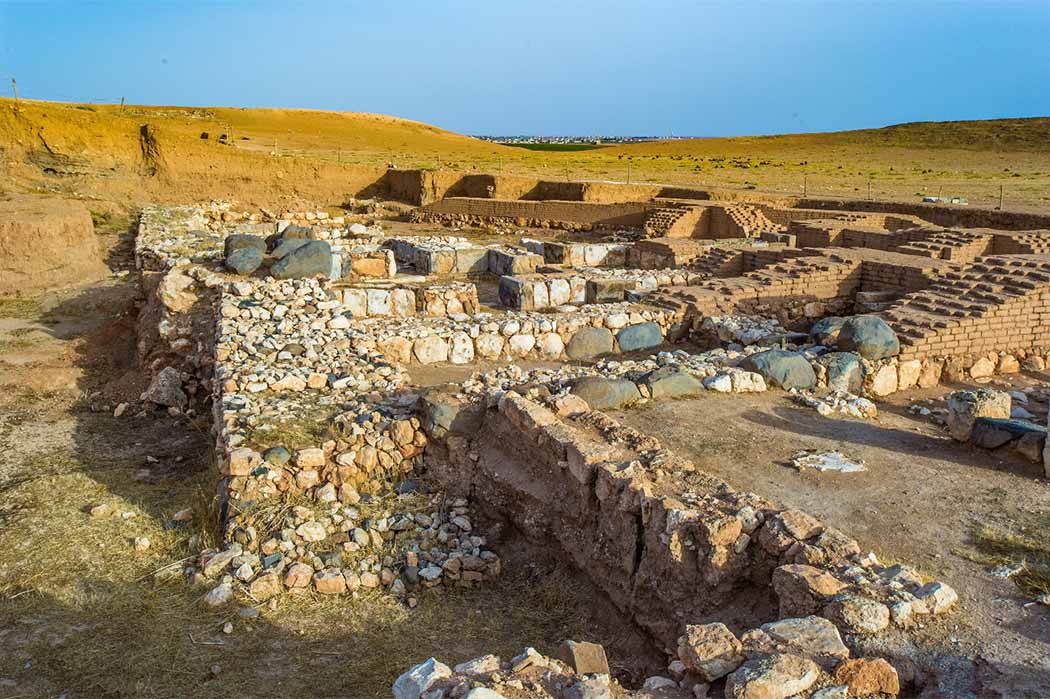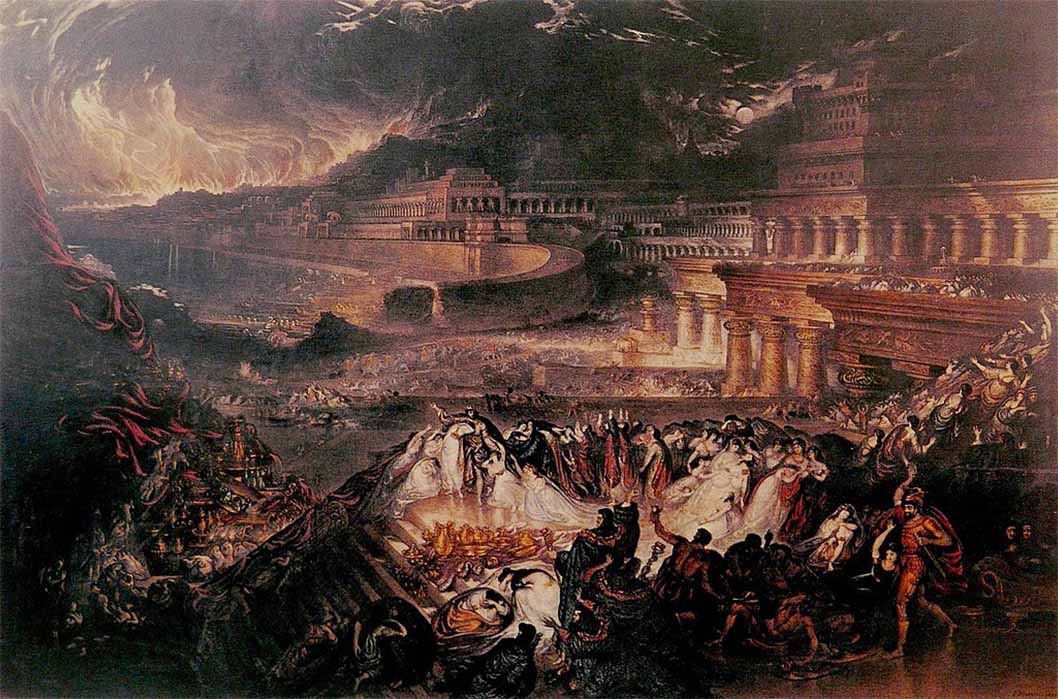
Harran, City of Sin, Crusaders And Caliphs
Dusty winds blow around the desolate ruins on the arid plain of Harran, and the mirage of the heat conjures up images of what was once the site of a medieval hub of science. Har means ‘fire’ in Arabic, perhaps referring to the parched land, but it was not always so. Around 6200 BC on the banks of the Balikh River in north-western Mesopotamia (now south-east Turkey) a major tributary of the Euphrates River, an agricultural settlement developed, which later evolved into Harran. Early Arabic texts, known as Kitab al-Magall or the Book of Rolls, as well as the Syriac Cave of Treasures both state that Nimrod, descendant of Noah’s son Ham, had built the towns of Harran and Raha (Edessa/Urfa), a few miles to the north.
Ehulhul The House of Sin
Harran lies about 600 miles (1,000 kilometers) north-west of Ur, which was the capital of the first dynasty Sumer and seat of the moon god Sin or Nanna. The temple at Ur was called E-gish-shir-gal, meaning the ‘House of the Great Light’. Sin was represented by the crescent moon, also symbolic of bull horns. Sin was thus considered the patron god of shepherds and cowherds, the source of livelihood of the people of the lower Euphrates. During the wars of the Isin-Larsa period, (circa 2000 BC) a faction of the priesthood of Sin fled Ur, and following the Euphrates up north, they finally settled in Harran, which had by then developed into a walled city. The priesthood established the temple called Ehulhul, meaning the ‘House of Rejoicing’ for the moon god Sin. Sin of Harran was a guarantor of the word of kings between 1900-900 BC, as his name was witness to the forging of international treaties, much as one would swear “as God is my witness” an oath of truth today. Sin was worshipped well into the third century AD.

Abraham departs out of Harran by Francesco Bassano (1560) (Public Domain)
Terah, the father of Haran, Nahor and Abraham and their sister Sarah, migrated from Ur of the Chaldees to settle at Harran. Perhaps Terah was one of the priesthood who had fled Ur. Terah died at Harran (according to Genesis 11:24 at the age of 205) and Harran was also known as the City of Nahor (Genesis 24:10), but this could refer to Terah’s father, who was also called Nahor, descendant of Shem, son of Noah. Abraham and his nephew Lot migrated south to Canaan and later Abraham’s grandson Jacob returned to Harran, where he worked for Laban to obtain his daughters Leah and Rebeccah in marriage. Guides in Harran will point out what is believed to be the house of Abraham among the dirt covered ruins of ancient Harran.

Ebla, Syrian site of most famous for the Ebla tablets, an archive of about 20,000 cuneiform tablets (Anton Ivanov Photo/ Adobe Stock)
Harran Target For Trade And Conquest
Harran was located on the caravan route that ran from Nineveh to Carchemish and later the fourth-century Roman historian Ammianus Marcellinus noted its significance as a crossroad to Persia: "From there (Harran) two different royal highways lead to Persia: the one on the left through Neo-Assyrian Adiabene and over the Tigris; the one on the right, through Assyria and across the Euphrates”. Several archaeological finds attest to Harran’s importance as a trade location. The Ebla tablets, (discovered in 1974 by Italian archaeologist Paolo Matthiae) speak of an Eblaite princess Zugalum, who became Queen of Harran and royal letters from the city of Mari also confirm Harran was part of the Eblain Kingdom in the 19th century BC. The Assyrian tablets from Kültepe, speak of the karum - or Assyrian trade colonies.
Harran obviously became a target for raids during the Bronze and Iron Ages. In the 18th century BC, Assyrian King Shamshi-Adad I (1813–1781 BC) launched an expedition to secure the Harranian trade route from hostile forces. In the 14th, 13th and 12th centuries BC, during the Hittite Period to Middle Assyrian Period, Harran and the surrounding region became the battlegrounds of the Hittites, the Mitannis and the Assyrians. Harran was burnt by Prince Piyashshil, younger son of King Suppiluliuma I. During the Middle-Assyrian period, in the 13th century BC, Assyrian king Adad-Nirari I boasted that he reconquered the "fortress of Kharani". The annals of Tiglath-Pileser I, (1100 BC) report that he had a fortress there and mentioned that he was pleased with the abundance of elephants in the region. During the Neo-Assyrian Empire, Shalmaneser III restored the Temple of Sin in the ninth century BC. In 763 BC, Harran was sacked during a Harranian rebellion against the Assyrian king. In 650 BC the Temple of Sin was restored again by Ashurbanipal.





